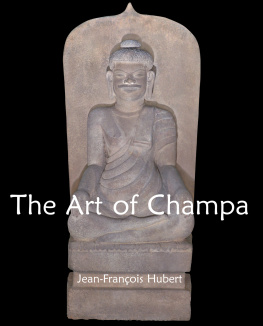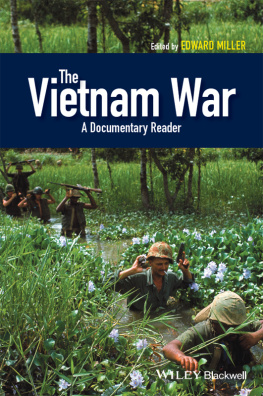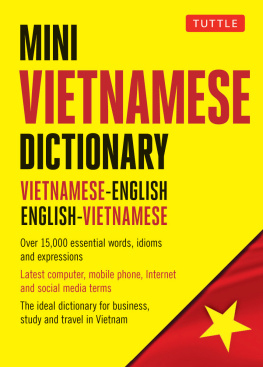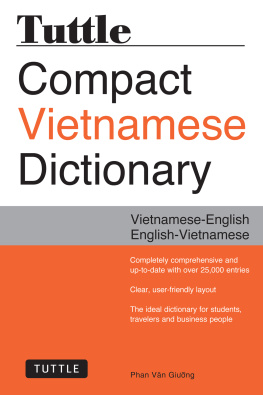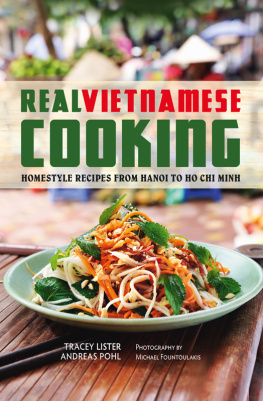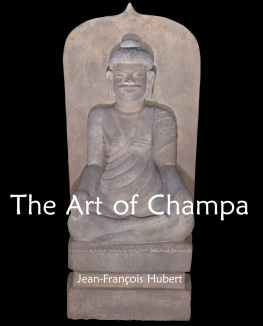T ext : Jean-Franoi s Hube r t
T ranslation: Anna Allanet
Layout:
Baselin e C o Ltd
61A-63A Vo Van Tan Street,
Distric t , Ho Ch i Minh City
Confidential Concepts, worldwide, USA
Parkstone Press International, New York, USA
Image-Bar www.image-bar.com
Extrac t f r o m catalogu e L a Fleu r d u pche r e t loisea u dazu r published by La Renaissance du liv r e.
Franois Devos for all photographs.
All rights r ese r ved. No part of this publication may be r ep r oduced or adapted without the pe r mission of the copyright holde r , th r oughout the world. Unless othe r wise specified, copyright on the works r ep r oduced lies with the r espective photographers. Despite intensive r esea r ch, it has not always been possible to establish copyright ownership. Whe r e this is the case, we would app r eciat e notification.
ISB N 978-1- 78310 - -
Acknowledgments
M y thank s g o firs t o f al l t o m y edito r , Jean-Pau l Manz o wh o enthusiasticall y accepte d my p r oject , an d t o Elian e d e Srsi n wh o ha d th e tas k o f seein g i t ge t done . Ma y the y fin d he r e the exp r essio n o f m y dee p gratitude.
Pa r ticula r mentio n i s du e t o Franoi s Devos , photographe r , wh o ag r ee d t o accompan y m e to place s tha t we r e ofte n pictu r esque , t o tak e magnificen t photos.
Thank s als o t o al l thos e withou t whom , fo r on e r easo n o r anothe r , thi s wor k woul d no t have com e int o existence:
Sophi e Alla r d-Latour
Philipp e Damas
Jean-Lu c Engueha r d
Miche l Inguimbe r ty
Jean-Pau l Morin
Can g Nguyen
Eri c Pouillot
Richa r d P r evost
Nichola s Schee r es
Ma r c V a r tabedian
Ann a Zweede.
Finall y , m y ve r y specia l thank s g o t o Joll e Loi r et , whos e p r ofessiona l ey e an d sens e o f for m and conten t a r e onl y equalle d b y he r patienc e an d tenacit y .
Jean-Franois Hubert
The Art of Champa

Contents
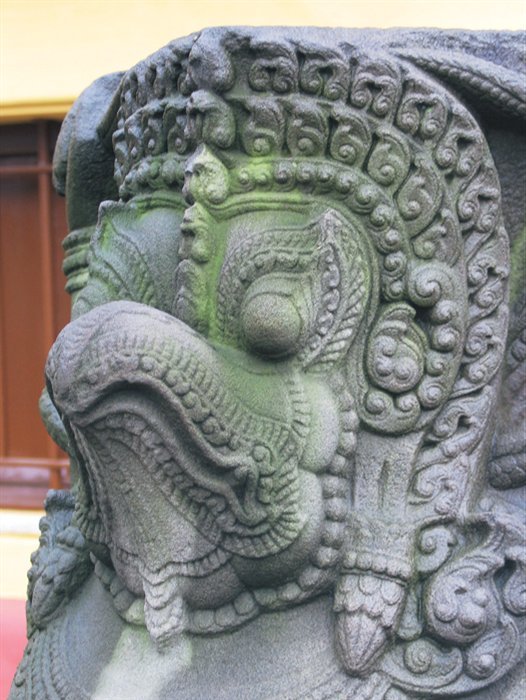
SandstoneGarudaintheThp-Mamstyle
(1 2 th Century) standing in f r ont of the
V ietnam History Museum (Hanoi) (detail).
Introduction
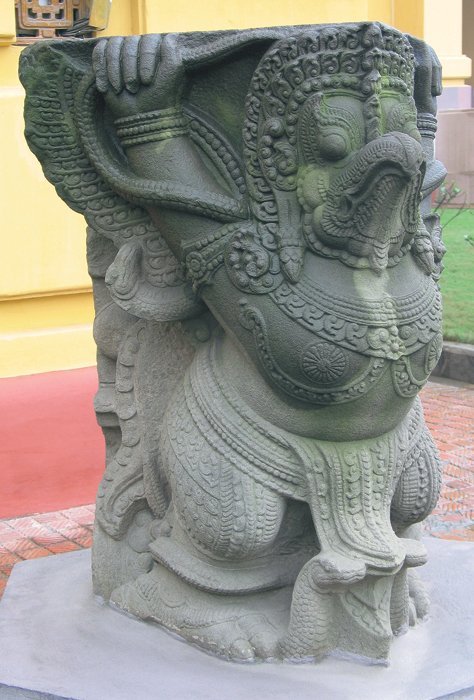
SandstoneGarudaintheThp-Mamstyle
(1 2 th Century), standing in f r ont of the
V ietnam History Museum (Hanoi).
Evokin g Champ a mean s glorifyin g death , sanctifying r emnants , magnifyin g clues , singin g th e praise s of mourning , an d r econstructin g histo r y . Champ a onl y exists no w i n th e memorie s o f a diminishin g collectio n o f livin g people wh o desi r e eterna l life , i n a half-audibl e melod y necessaril y exotic tha t i s humme d b y a fe w disquiete d spirits.
Y et , i n defianc e o f time , hel d i n compassio n b y it , w r eaking r eveng e o n th e injustic e o f th e inevitable Cha m statue s bear witnes s t o thi s civilisatio n tha t wa s swallowe d u p i n th e meanders o f histo r y , p r ofan e chil d o f th e divin e wor k o f destruction.
Civilisation s die , bu t al l a r e fecund . The y leav e i n ou r collective memory those fundamental notions, impossible to a r ticulate, which a r e ir r esolutel y infinit e an d unattainabl y absolute.
Pe r haps , howeve r , th e Cha m civilisatio n i s a littl e mo r e los t t o us tha n others : deat h i s no t a stat e o f bein g bu t a discourse , and Champ a ha s lon g lacke d orator s an d a n audience . Still , wha t a gestu r e ! A mysteriou s bi r th , a stateles s ideal , a gloriou s decadence, a deat h announce d i n th e nam e o f impossibl e otherness . Champ a is five hund r ed years of myster y , a thousand of destruction, and th r ee hund r e d o f bein g fo r gotten.
Th e mos t e f ficien t app r oac h t o it s r ediscove r y wa s t o captu r e its vestiges , it s abandone d towers , it s fo r gotte n sculptu r es , it s sublime site s whe r e th e divin e wanders ; a pleasan t tas k fo r th e willing travelle r , arme d wit h th e learne d indication s o f th e g r ea t ancients an d attentiv e t o th e unbiase d attractio n o f discove r y . Examinin g a statue, carrying out an authentication, is to inter r ogate condensed histor y . Al l the statue s illustrate d in thi s boo k we r e closely examined , measu r ed , inspected , an d authenticated . Al l f r o m private collections , ofte n he r etofo r e unpublished , the y brin g ne w bloo d to th e obse r vation : i n a r t , nothin g i s mo r e dange r ou s tha n inb r ed model s an d limite d field s o f vision.
Cham a r t in general and Cham sculptu r e in pa r ticular is p r ofoundl y original . I t wa s r ediscove r e d b y th e F r enc h an d ha s now bee n r epossesse d b y th e V ietnames e a t th e beginnin g o f th e twenty- first centur y .
P r ofoundl y origina l becaus e eve n i f a fe w stylisti c comparisons ca n b e made , origin s r efer r e d to , o r influence s noted , Cha m sculptu r e di f fer s f r o m al l othe r school s o f sculptu r e pas t o r p r esent.
Rediscove r e d b y th e F r enc h durin g th e perio d o f F r ench administratio n i n Indochin a (whic h include d V ietnam ) i n the secon d hal f o f th e nineteent h centur y , it s scientist s an d explo r ers suppo r te d b y th e governmen t o f th e da y . Explo r ers , suppo r te d by a r chitects , epigraphist s an d a r chaeologist s no t onl y garne r e d a uniqu e fun d o f knowledge , combinin g documentatio n and commentar y , bu t als o carrie d ou t th e majo r wor k o f conse r ving Cha m sites . I n a worl d whe r e th e us e o f F r enc h i s declining , i t is no t insignifican t t o not e tha t F r enc h r emain s th e languag e of r efe r enc e fo r th e stud y o f Cha m a r t : n o p r ecis e r efe r ence , no seriou s stud y coul d eve n toda y escap e f r o m th e detailed examinatio n an d attentiv e r eadin g o f document s draw n f r o m the bes t sou r ces , al l writte n i n F r ench , ove r th e las t fiv e hund r ed years.
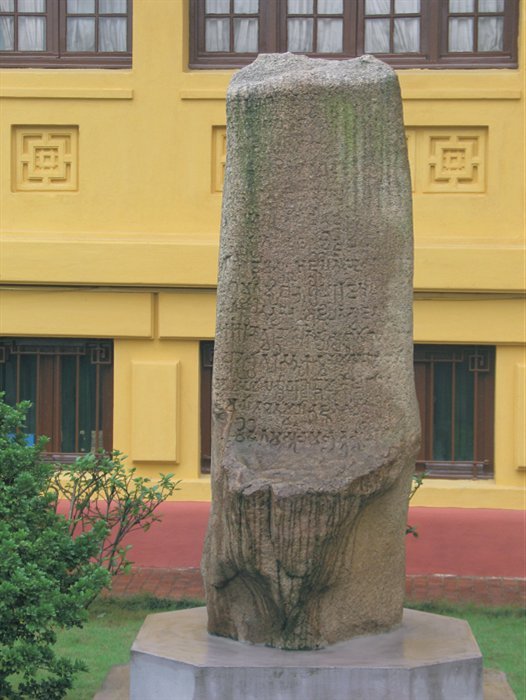
Vo-CanhInscriptionStandinginfrontof
theVietnam HistoryMuseum(Hanoi).
Date d f r o m th e rd and th Centur y , it r emainins
pivotal in much r esea r ch although its
being of Cham origin is uncertain.
Thes e document s hav e bee n r epossesse d toda y b y the V ietnames e becaus e the y hav e bee n able , afte r the demand s o f years o f wa r , to inte r es t themselve s in a n a r t that, fo r man y , r emains fo r eign . Afte r all , in the collectiv e conscienc e that cement s a nation, the Cham s we r e , consciousl y , the enem y to the south, thos e who pillage d the no r th, an d who , afte r Chines e occupatio n until the tenth centu r y , appea r e d a s the obstacl e to a n expansio n to the south (Na m T ien) that the no r th s demographi c g r owt h r ende r ed inevitable . Subconsciousl y , the Cham s we r e als o a sou r c e o f guilt fo r the majorit y Kinh , havin g ir r eversibl y dest r oye d a loca l cultu r e tha t wa s ove r a thousan d year s old , r educin g a peopl e to assimilation . Roughl y 100,00 Cham s stil l liv e in V ietnam , liste d in the invento r y o f fifty-fou r minoritie s in the count r y , livin g mainly nea r Pha n Ran g an d Pha n Ri , o r nea r Cha u Doc , al l in the southern pa r t o f moder n V ietnam.

